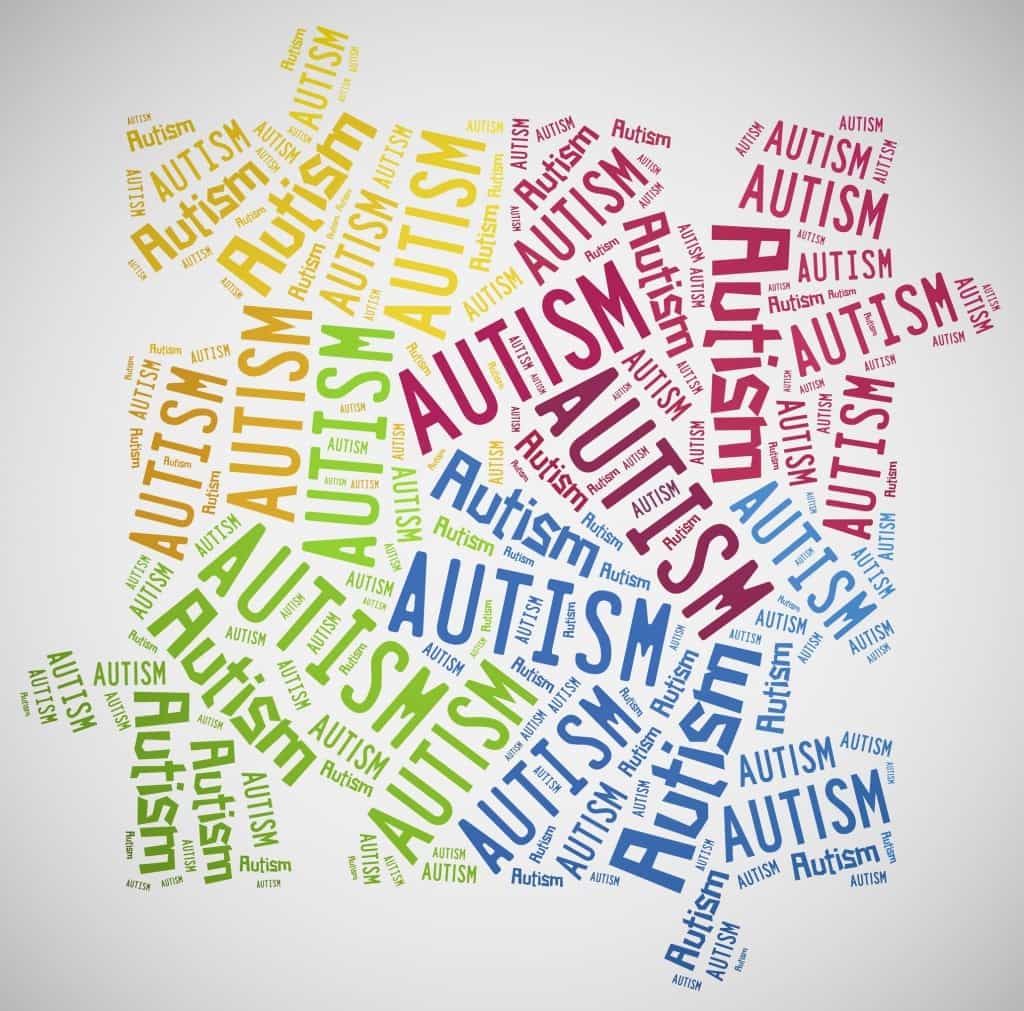What is Autism Spectrum Disorder (ASD) and its effective treatments?

Autism Spectrum Disorder (ASD) is a broad term used to categorize a group of neurodevelopmental disorders that are present from early childhood and affect many aspects of day-to-day functioning. The core features of ASD include
- Persistent deficits in social communication and social interaction
- Restrictive and repetitive patterns of behavior, interests or activities
These symptoms exist on a spectrum, and are diagnosed based on severity and intensity of support required (very substantial support, substantial support, and support). Currently, ASD is estimated to occur in approximately 1 in 68 individuals. ASD disproportionately affects boys; however, the expression of the disorder is often more severe in girls. Despite advances indicating a genetic component, the causes of ASD remain largely unknown at this time.
What is the role of the word spectrum in ASD?
There is a saying that if you’ve met one individual with ASD, you’ve only met one individual with ASD. This is because each individual diagnosed with ASD may present differently and require a different level of intervention.
In the category of persistent deficits in social communication and interaction, some individuals with ASD “requiring very substantial support” may have little or no verbal language. These individuals rarely initiate social interaction, and may not respond to social overtures from others. On the other side of the spectrum, individuals in need of “support” may be able to speak in full sentences, but struggle to engage in reciprocal conversations or to initiate and maintain friendships.
In terms of patterns of behavior, individuals requiring “very substantial support” may engage in self-stimulatory behavior (i.e., hand flapping) that severely limit functioning throughout the day. Behavior that exists on the other end of this spectrum may include difficulty transitioning between activities, as well as organizing and planning.
Overall, it is important to remember that the behaviors in each domain that make up ASD may exist with varying severity and impact on day to day functioning.
What are the most effective and evidence based treatments for ASD?
Regardless of the severity of ASD symptoms, early and intensive intervention is universally considered to be best practice in treatment. Research on ASD intervention is primarily focused in two areas:
Applied Behavior Analysis (ABA) and Developmental Social Pragmatic (DSP).
- ABA interventions are based primarily on the concept that difficulties associated with ASD can be addressed through the identification and reinforcement of specific target behaviors
- DSP interventions are focused on improving the ability to jointly engage in activities with adults and peers. interventions are focused on improving the ability to jointly engage in activities with adults and peers.
The following is a more in depth look at evidence-based interventions for the treatment of ASD
- The most notable treatment for ASD is Early Intensive Behavioral Intervention (EIBI). EIBI consists of 20-40 hours per week of treatment for 2-3 years. As previously indicated, earlier intervention is critical, and EIBI is recommended prior to 5 years of age. Comprehensive ABA programs are adult led, and focused on all areas of functional deficit. Most comprehensive programs begin with an assessment of age appropriate behavior milestones, which are then addressed by an individualized curriculum. Depending on level of support needed, therapy may take the form of Discrete Trial Training (DTT) or Natural Environment Teaching (NET). DTT is a highly structured teaching method in which skills are broken down and individually taught. Each trial is typically reinforced with a tangible reinforce (i.e., candy, toy). NET is primarily delivered in the natural environment, capitalizes on opportunities for incidental learning, and makes use of natural reinforcers in addition to tangibles.
- Pivotal Response Training (PRT) – PRT is based on the principles of ABA, and primarily targets “pivotal” responses rather than individual target behaviors. Pivotal responses include: motivation, response to multiple stimuli, social interaction, as well as self-management. The overarching philosophy is that improvement of these pivotal responses will lead to improvement in a variety of other functional behaviors. As PRT is play based and child initiated, this intervention may be more effective for children who possess already established behaviors including: increased social initiation and toy play.
- Picture Exchange Communication System (PECS) – PECS is an augmentative/alternative communication (AAC) intervention based on the principles of ABA. PECS encourages the initiation of communication. That is, the child must initiate a request by presenting a picture of a desired item to a communicative partner who then fulfills the request. As the child masters various stages, the communicative repertoire is expanded to include sentences, attributes, commenting, as well as the answering questions. PECS and other AAC devices are primarily used with minimally verbal children.
- Early Start Denver Model (ESDM) – ESDM is a blend of both ABA and DSP approaches to treatment. ESDM integrates elements of a relationship-based approach with behaviorally based teaching strategies. Specifically, a therapist or parent is instructed to match their child’s affect and allow the child to lead the activity. The program is based on a developmental curriculum and outlines the skills that need to be taught at any given time. ESDM has been shown to be effective across a wide range of abilities.
You can click to learn more about our Applied Behavior Analysis services.
In addition to these treatments, there are a variety of treatments that are currently being thoroughly investigated. These interventions include various parent training techniques, DIR floortime, comprehensive classroom based approaches, as well as PCIT. It is important to keep an eye on the literature, as treatments are constantly evolving, and new randomized controlled studies are being completed.
The following article was utilized in the development of the above:
Tristram Smith & Suzannah Iadarola (2015) Evidence Base Update for Autism Spectrum Disorder, Journal of Clinical Child & Adolescent Psychology, 44:6, 897-922
As the variety of intervention strategies for ASD has increased significantly over time, this article was chosen, as it is the most recent evaluation of what is currently offered in the field. The future directions for research stated by the authors place value on treatments that are emerging as evidence based, supporting the notion that any review of evidence based treatment must be as recent as possible.





